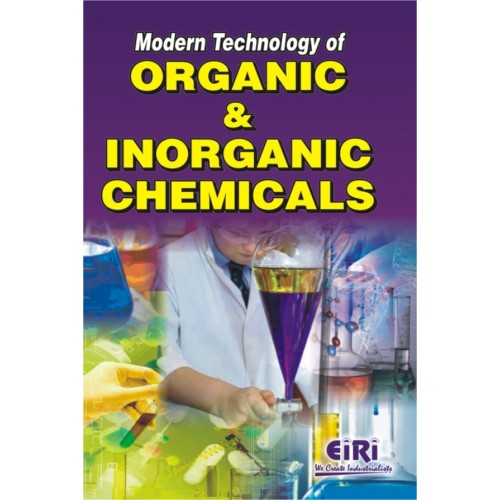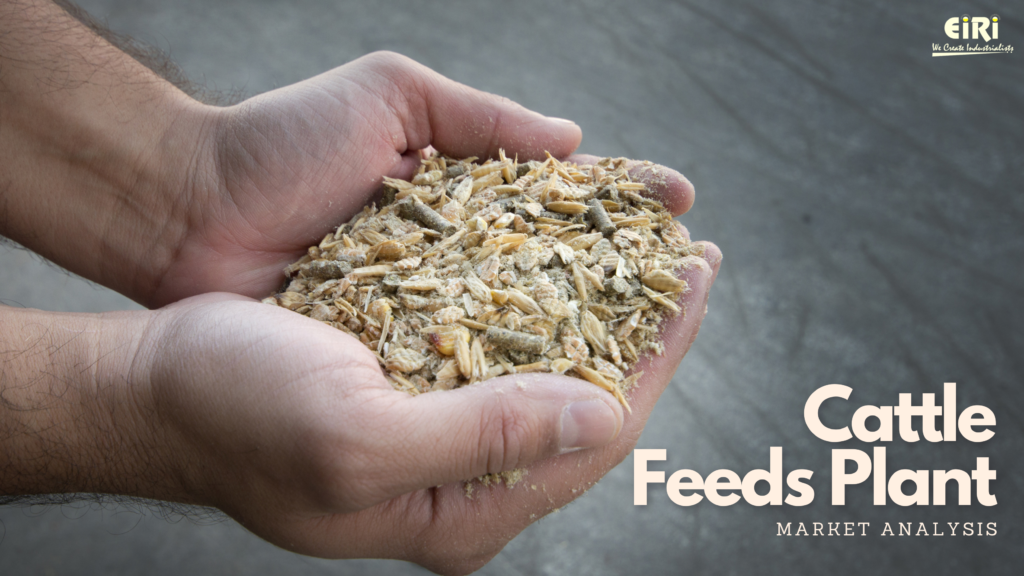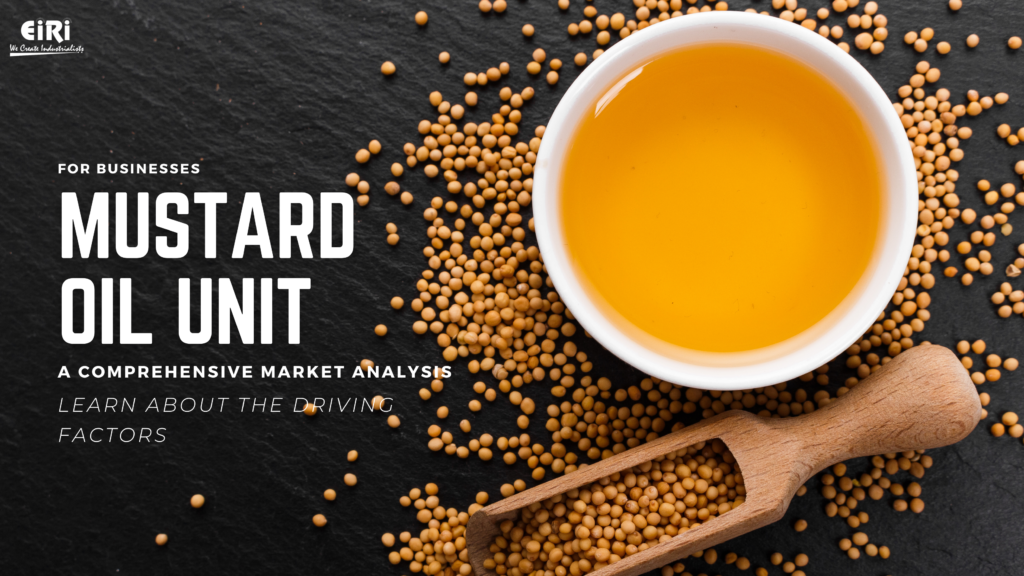Industry Based on Organic and Inorganic Chemicals
Chemical compounds that are a result of any industrial or lab chemical processes are known as chemicals. These chemicals may be a mixture of substances or pure substances. The chemicals are categorized into organic and inorganic chemicals.
Organic chemistry covers all the compounds that are carbon-containing and inorganic chemistry relates to periodic table elements and their compounds. Inorganic chemistry deals with the properties and structure of carbon-free compounds. Inorganic chemicals include bases and acids such as hydrochloric acid, sulfuric acid, phosphoric acid, nitric acid, ammonia, caustic soda, salts, metals, and minerals.
The key difference between organic and inorganic compounds depends on the presence of a carbon atom. The organic compounds have the carbon atom and the inorganic compounds lack the carbon atom. The organic compounds contain a C-H bond or carbon-hydrogen in them.
Raw materials for organic chemical industries
- The raw materials are acquired from petrochemical byproducts.
- Organic chemicals include petrochemicals used to manufacture synthetic rubber, synthetic fibers, dye-stuffs, plastics, pharmaceuticals, and drugs.
- It is located near petrochemical plants or oil refineries.
Raw materials for inorganic chemical industries
- It acquires from inorganic chemicals the raw materials, such that it is derived from metallic oxides or salts.
- Inorganic chemicals include nitric acid, soda ash, alkalis used in making soaps, glass, paper, detergents, and caustic soda. Sulphuric acid is also an inorganic chemical used in manufacturing synthetic fibers, fertilizers, adhesives, dye-stuffs, paints, plastics, etc.
Handbook of Modern Technology Of Organic And Inorganic Chemicals (Hand Book)
BOOK CONTENT: The book covers Ammonia, Aluminium, Chlorine and Sodium Hydroxide, Cosmetics and Perfumes, Dyes, Enamels, Explosives, Glass and Alkali Silicates, Gypsum, Glass Fibres, Optical Fibres and Mineral Fibres, Industrial Chemicals from Benzene, Industrial Chemicals from Toluene, Industrial Chemicals from Xylenes, Industrial Chemicals from Methene, Industrial Gases, Lime, Mineral Fertilizers, Preparation of Methanol, Magnesium, Nickel, Organic Dyes, Oils, Fats and Waxes, Petable Water, Pigments, Pesticides, Rubber, Sodium Carbonate and Sodium Bicarbonate, Silicones , Uranium, Zeolites, Zinc, Aluminium Ingots from Aluminium Scrap, Cosmetics Industry (Modern), Fibre Glass Sheets, Herbal Cosmetics, Hydrated Lime, Latex Rubber Condomes, Magnesium Carbonate, Magnesium Metal and Calcium, Mineral Water and Soda Water, N.P.K. Fertilizer, Nickel Sulphate, Oxgen Gas Plaster of Paris, Refined Oils, Cotton Seed Oil, Groundnut Oil, Sunflower and Safflower Oil, Sodium Bicarbonate (Baking Soda) from Soda Ash, Single Super Phosphate, Toluene and SBP From Crude Naphtha, Zeolite-A Manufacturing (Detergent Grade), Zinc Oxide, Zinc Metal From Zinc Ash. Click Here to Buy
Which are the industries using chemicals?
Heavy Inorganic Chemicals:
- Sulphuric Acid: It is an important ingredient to manufacture synthetic fibers, fertilizers, dyestuffs, paints, and plastics. It is used in leather tanning, metallurgy, and oil refining. Sulphuric acid is manufactured from sulfur and is imported around 90 percent. Nitric acid: It is required for explosives and fertilizer plants. The main producer is the Trombay unit of Fertilizer Corporation of India.
- Alkalis: It is important for inorganic chemical industries. The plants producing alkalies are near the raw materials, market, and electricity sources. The alkali industry includes caustic soda, soda ash, calcium carbide, liquid chlorine, etc.
- Soda Ash: It is useful in manufacturing paper, glass, detergents, and soaps. The two raw materials used in soda manufacturing are limestone and sodium chloride, found in plenty in Gujarat.
- Caustic Soda: The industry of caustic soda meets the end-user industries such as soaps, textiles, and detergents. The by-product includes chlorine for water treatment, pulp and paper, textiles, soaps, and detergents.
Heavy Organic Chemicals:
- Petrochemicals: They are acquired from petroleum resources. It is available to manufacture various articles such as synthetic rubber, synthetic fibers, dye-stuffs, plastics, drugs, insecticides, ferrous and non-ferrous metals, pharmaceuticals, and drugs. Crude petroleum provides raw materials to synthetic fibers, polymers, surfactants, and elastomers.
- Synthetic Fibres: There is a variety of fabrics widely used in manufacturing due to special qualities such as durability, strength, workability, dyeability, resistance, and washability features to shrinkage and wrinkles.
- Polymers: They are made using propylene and ethylene. The materials are acquired in the refining of crude oil. Polymers offer for a plastic industry the basic raw material. Polyethylene, among polymers, is used widely as thermoplastic. Plastic is converted into powder, sheets, pellets, and resin, and is used to manufacture plastic products. Today, plastic is an industrial product.
Organic Chemicals Market Forecast:
The organic acids market is estimated to grow at a CAGR of 5.48% from 2017 to 2022, to reach a projected value of USD 11.39 Billion by 2022. … Global organic chemicals market is expected to be driven by growing industrialization and rapid urbanization over the forecast period.
In-Organic Chemicals Market Forecast:
The global inorganic chemicals manufacturing market is expected to display steadfast growth over the forecast period. The rising applications of inorganic chemicals across a number of end-use industries is boosting the inorganic chemicals manufacturing market.
The global chemical industry has seen a 7 percent annual growth rate, around €3.4 trillion in 2010. Major growth rate in the past has driven by Asia, by which it owns nearly half of global chemical market. A 3 percent growth rate in global market is expected in the next few years, where Asian countries are expected to own two-thirds of the market by 2030.
Whereas Organic chemical industry composed to hold 51% of global chemical market by 2030. A 10% growth rate has been seen in Organic Chemistry market in the last 5years in Latin America, North America, Europe, and Asia Pacific. Extensive primary research is being conducted among Leading companies such as Dow Chemicals, SABIC, BASF, DuPont and Sinopec Chemicals are majorly focussing on Primary Research.
Project Reports Available in Following Categories:
Chemicals (Organic/InOrganic) And Allied Industries





